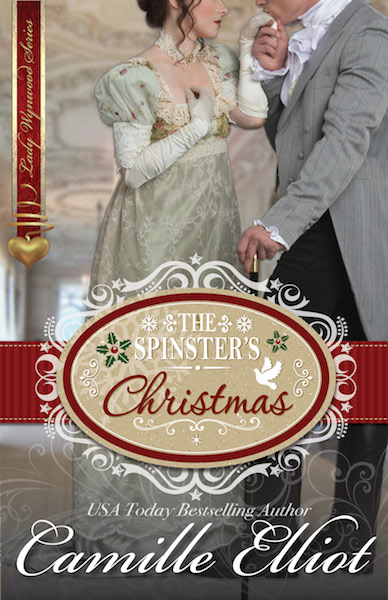 I’m hopeful that I’ll be able to get back to writing soon, and when I do, I’ll probably work on a novella. I haven’t had anything “new” out since last April, when I reissued a heavily revised version of Lord Langdon’s Kiss, so I’d like to get more work out there as quickly as I can. That means novellas, in this case, a prequel and sequel to Lady Em’s Indiscretion.
I’m hopeful that I’ll be able to get back to writing soon, and when I do, I’ll probably work on a novella. I haven’t had anything “new” out since last April, when I reissued a heavily revised version of Lord Langdon’s Kiss, so I’d like to get more work out there as quickly as I can. That means novellas, in this case, a prequel and sequel to Lady Em’s Indiscretion.
It takes me a long time to develop a full-length book—more than just 3-4 times the length it takes to write a novella. It takes me longer to deal with the complexities of more characters and subplots. Long books are still my absolute favorite both to read and write.
Novellas are fun to write, though, and they go more quickly, not having all of the complications I mentioned above. I enjoy reading them, too. Since they usually focus more closely on the hero and heroine, there’s a certain intimacy to well-written novellas, kind of like chamber music compared to orchestral music. A friend also called my novellas “bon-bons”, which is another fun way to look at it.
However, I’ve had a few readers complain about the length. Even at 99 cents, they were expecting a full-length novel and apparently did not notice the word “novella”, which is on the cover and also in the description along with a word count. I’ve heard this happens to other authors, and we’re all stumped as to how to make the length more clear. I suspect there are readers who buy inexpensive titles on impulse and don’t know what they bought until they start reading.
I’ve also heard of complaints if the digital version of a novella is priced more than 99 cents. Since I personally know the time and work that goes into a novella, I wouldn’t balk at a well-written novella being priced at $2.99 or $3.99, especially from an established author. But of course every reader has the right to make purchasing choices based on her own budget and preferences.
My own novellas are currently priced at 99 cents. My strategy has been to encourage new readers to take a chance on me, in the hope that they might go on to buy my full-length books. However, Amazon’s pricing tool is encouraging me to price my novellas at $2.99. It’s also telling me to use the same price for my full-length Regencies. That doesn’t seem right to me and would probably annoy readers, so I’ll always price my novellas less than my full-length books.
As for full-length books, I don’t generally want to support the notion that they should have a regular price of 99 cents. I make an exception for introductory prices and special sales. That is the beauty of digital publishing—one can afford to do that—but full length books are such a huge project that I think they should have a regular price that reflects the work that went into them. Even though I’m tickled when a reader tells me she stayed up and read a whole book in one night, I can’t help remembering that it took me a year or so to write it!
What do you think? Do you prefer novellas, long, meaty books, or something in between? Any opinions on e-book pricing?
Elena
www.elenagreene.com






